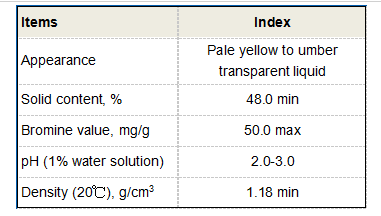Applications and Benefits of Polyacrylamide Polymer in Various Industries
The Versatility of Polyacrylamide Polymer
Polyacrylamide is a synthetic polymer derived from acrylamide monomers, which has gained significant attention across various industries due to its unique properties and versatility. This polymer, characterized by its ability to form hydrogels, is predominantly utilized in water treatment, agriculture, and biomedicine.
The Versatility of Polyacrylamide Polymer
Beyond water treatment, polyacrylamide is also a vital component in soil stabilization and agricultural practices. When applied to soil, it enhances moisture retention, reducing erosion and promoting better plant growth, especially in arid regions. The use of polyacrylamide in agriculture has been shown to increase crop yields by improving soil structure and reducing the need for irrigation. Moreover, it aids in the efficient use of fertilizers, minimizing runoff and leaching into water bodies, thus preventing environmental contamination.
polyacrylamide polymer

In the biomedicine field, polyacrylamide is utilized in various applications, such as drug delivery systems, tissue engineering, and diagnostic tools. Due to its biocompatibility and ability to form hydrogels, polyacrylamide can encapsulate drugs and release them in a controlled manner, providing enhanced therapeutic outcomes. Its porous structure can also be tailored to support cell growth, making it ideal for scaffolding in tissue engineering, where it aids in the regeneration of damaged tissues.
The synthesis of polyacrylamide can be tailored to produce different forms, including anionic, cationic, and non-ionic variants, each with distinct properties and applications. Anionic polyacrylamide is primarily used in wastewater treatment and soil stabilization, while cationic polyacrylamide finds applications in paper and textile industries as a retention agent. Non-ionic polyacrylamide is often used in adhesive formulations and as a thickening agent in cosmetics.
Despite its numerous benefits, the use of polyacrylamide is not without concerns. Acrylamide, the monomer used in its production, is classified as a potential neurotoxin and carcinogen. Therefore, precautions must be taken during the manufacturing and application processes to minimize exposure. Innovations in polymer chemistry have led to the development of safer alternatives and methods for producing polyacrylamide with reduced acrylamide content, enhancing its safety profile.
In conclusion, polyacrylamide is a multifunctional polymer that has found applications across diverse sectors, from environmental management to agriculture and biomedicine. Its ability to improve water quality, enhance soil properties, and support medical advancements highlights its importance in today's world. As research continues to expand our understanding of this polymer, future developments may lead to even broader applications and improved safety measures, making polyacrylamide an invaluable resource in tackling some of the pressing challenges faced by society.
-
Water Treatment with Flocculant Water TreatmentNewsJun.12,2025
-
Polymaleic AnhydrideNewsJun.12,2025
-
Polyaspartic AcidNewsJun.12,2025
-
Enhance Industrial Processes with IsothiazolinonesNewsJun.12,2025
-
Enhance Industrial Processes with PBTCA SolutionsNewsJun.12,2025
-
Dodecyldimethylbenzylammonium Chloride SolutionsNewsJun.12,2025





